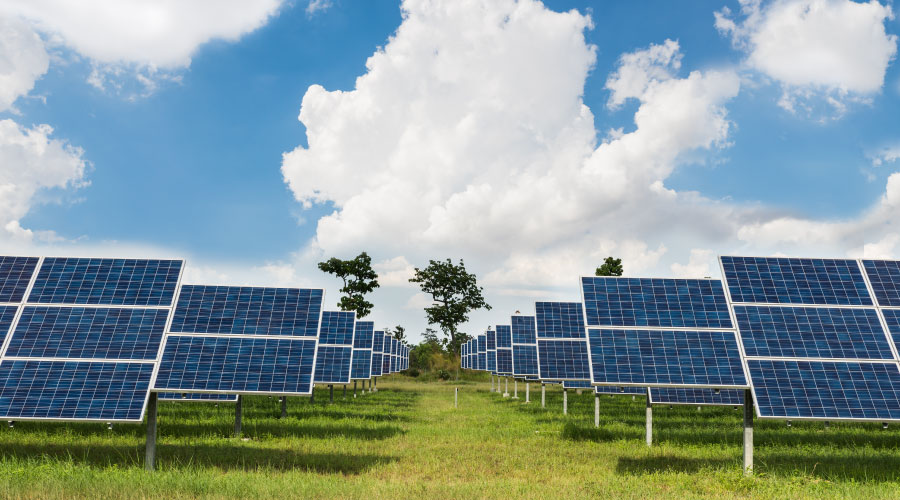Measuring The Cost To Become LEED Certified
In the early days of LEED, uncertainty regarding the system’s requirements coupled with inexperience resulted in substantial cost premiums for LEED-certified buildings, as high as 25 percent above conventional construction costs in some cases. Not surprisingly, the added cost of green construction meant many project teams stuck to conventional practice.
Today, as the green building industry has matured, sustainable building products and technologies are readily available, and several studies have documented that the “LEED premium” is much less than initially feared.
In establishing project budgets, it is important to distinguish between the construction budget, which typically includes only hard costs (building construction costs, furniture, fixtures, equipment costs, purchase of property, etc.) and total project budget, which includes both hard costs, and soft costs, such as professional fees, construction financing, etc. Soft costs related to administration of the LEED certification process and provisions of specific services required by LEED should be included in any analysis of the LEED premium.
One of the first LEED cost studies was published in October 2003 by KEMA, an energy consulting company. Managing the Cost of Green Buildings covered new construction only, was limited to four project types — K-12 schools, laboratories, libraries and multifamily affordable housing — and was focused on the state of California. Despite these limitations, the total project cost LEED certification premiums identified in the KEMA study continue to be among the most commonly cited:
- LEED Certified – 0-2.5 percent
- LEED Silver – 0-3.3 percent
- LEED Gold – 0.3-5.0 percent
- LEED Platinum – 4.5-8.5 percent
A more comprehensive study, titled Costing Green: A Comprehensive Cost Database and Budgeting Methodology, was published in July 2004 by Davis Langdon, a construction cost management consulting firm. Focused on construction costs only, the study assessed the incremental cost of individual LEED credits, as well as the construction cost impact of various levels of LEED certification. The study included 90 non-LEED projects and 50 LEED-certified projects and found no statistically significant impact, with the conclusion that other programmatic considerations have a much larger impact on construction costs than LEED certification. A July 2007 update titled The Cost of Green Revisited arrived at essentially the same results. According to the report, “there is no significant difference in average costs for green buildings as compared to non-green buildings.”
Classifying soft costs or “added costs” due to LEED certification will vary depending upon project type. Administration of the LEED certification process and documentation of LEED credits is an added cost directly associated with LEED certification. The USGBC estimates these fees from $20,000 to $60,000 depending upon project size, complexity and project team experience.
Commissioning fees, which can range from $2.50 per square foot on smaller projects with specialty commissioning to as low as $0.30 per square foot on larger projects with basic commissioning, are not always an added cost of LEED certification. Office buildings are not commonly commissioned, while commissioning is routine in the research building sector and to a growing extent among institutional building projects.
Energy modeling is recommended whenever a project has specific energy efficiency goals, but there are unique requirements for documentation of energy performance in LEED. The cost for energy modeling services can range from $15,000 on smaller projects to more than $50,000 for larger, more complex projects. These fees are driven not just by project size but also by complexity of the building design and the mechanical system.
In addition to these soft costs, there are LEED registration and certification fees paid directly to USGBC. The project registration fee is $600 ($450 for USGBC members), and the certification fees range from $2,250 to $22,500 based on project size ($1,750 to $17,500 for USGBC members).
So, the answer to what the LEED premium really is just depends. If LEED certification is pursued at the beginning of the project, teams can conservatively budget 2 percent for construction costs and $150,000 in soft costs for Certified through Gold level certification on most projects.
Related Topics:
















